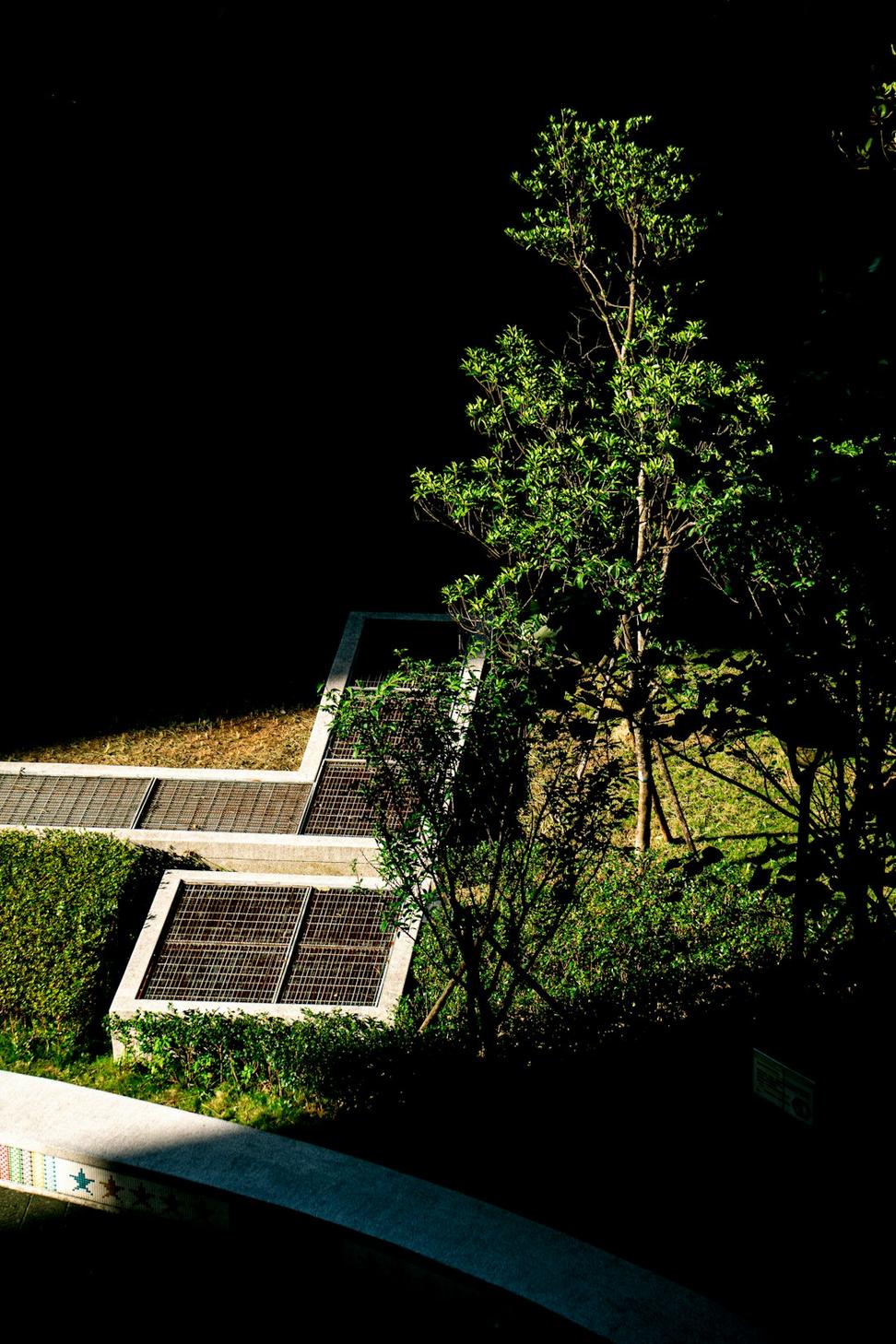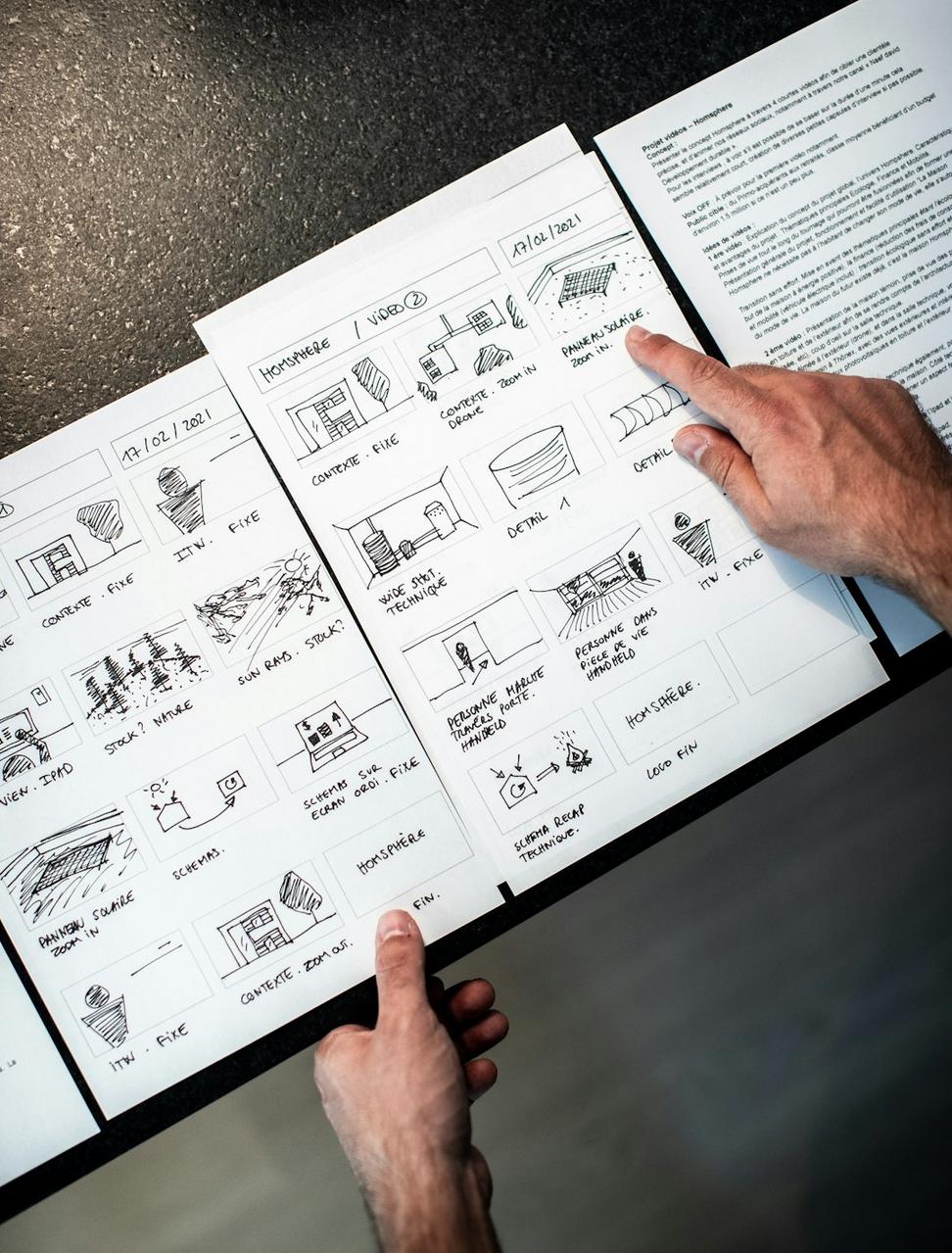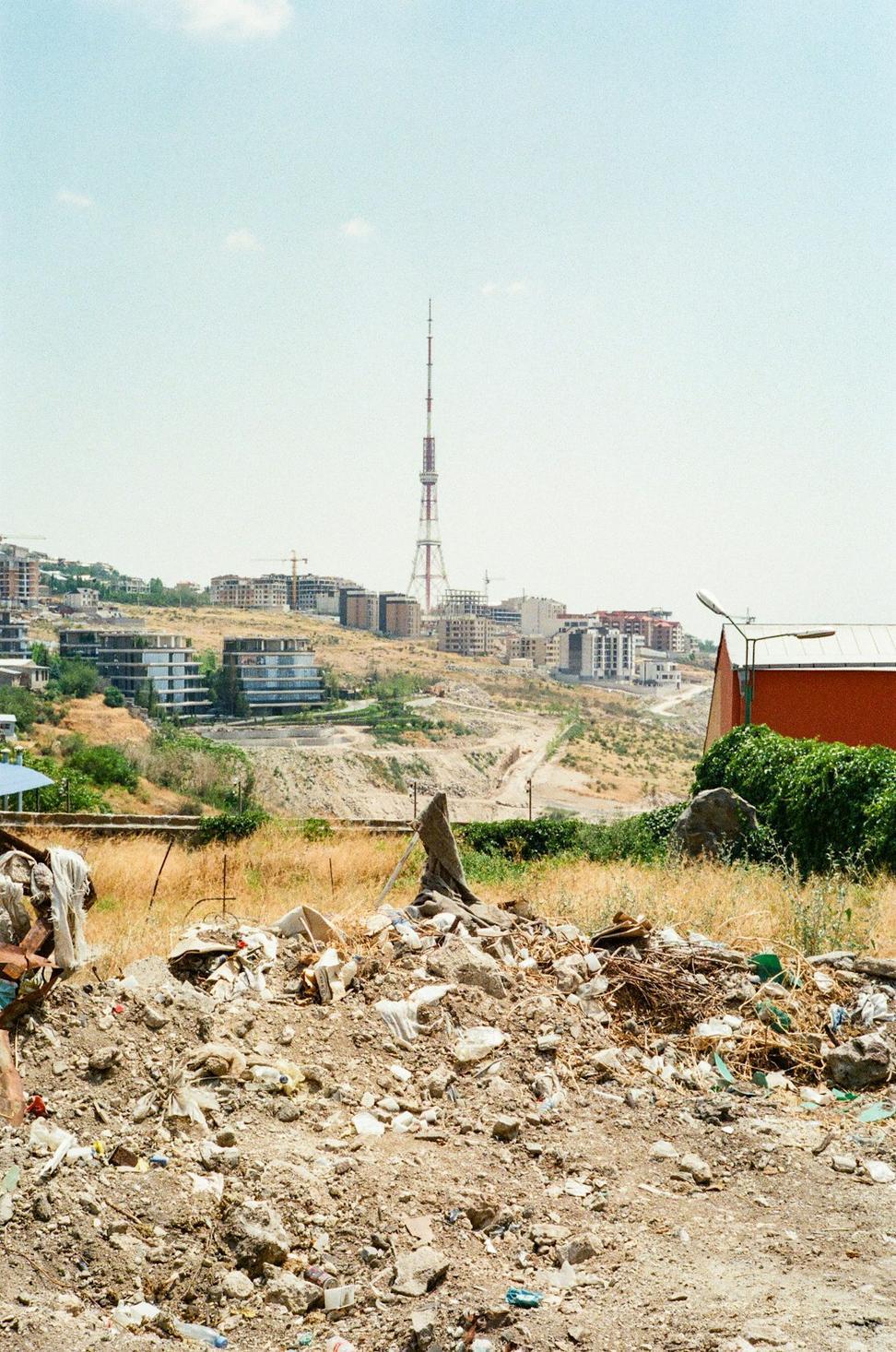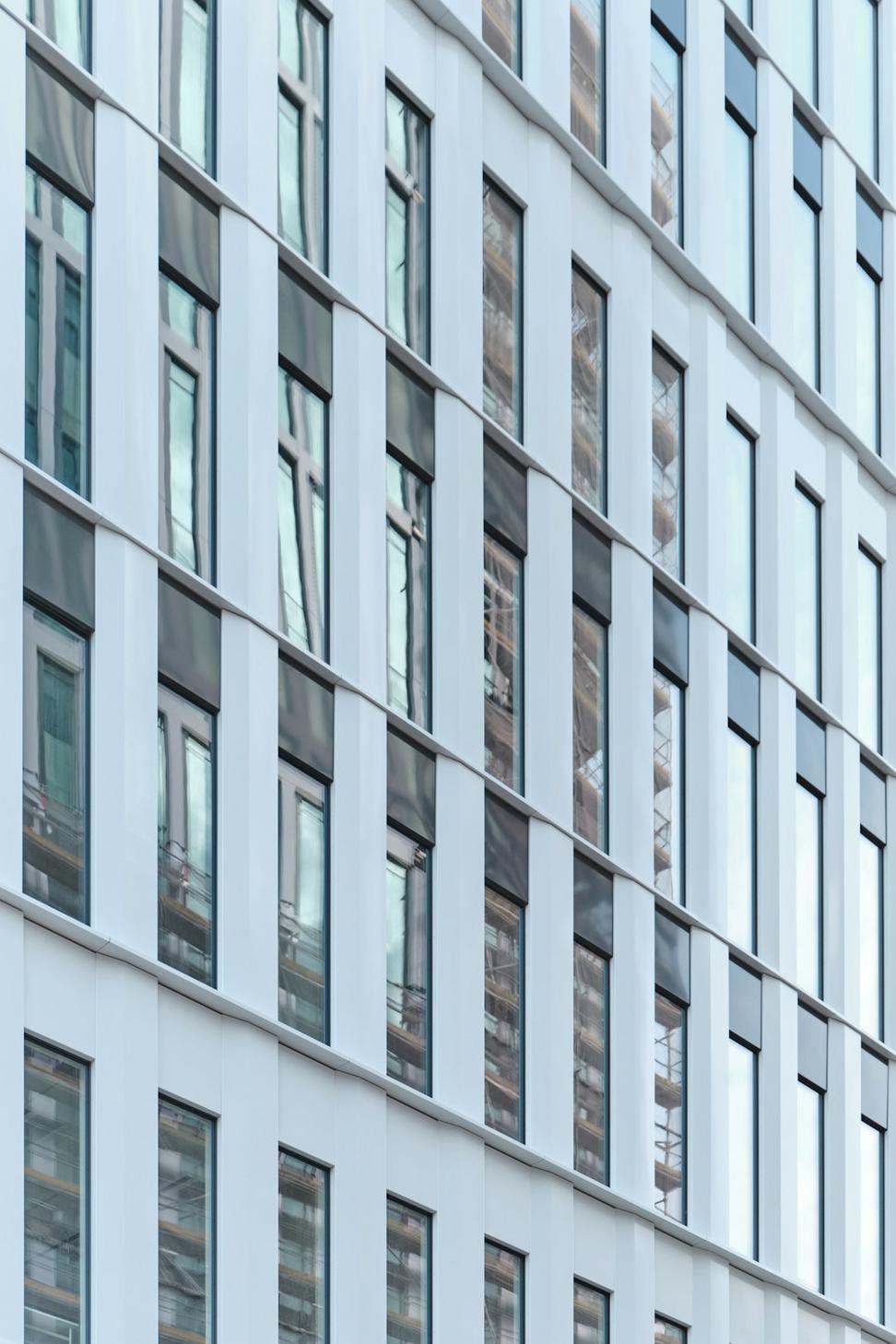
Building with Purpose
We don't just talk green - we live it, measure it, and actually give a damn about the numbers
But we're trying like hell to get there. Every project's a chance to push further, waste less, and yeah - prove that sustainable design doesn't have to look like a hippie commune (no offense to hippie communes).
Started tracking our impact back in 2018 when a client asked us point-blank: "How much carbon are we actually saving?" Honestly didn't have a great answer then. Now? We've got spreadsheets, certifications, and a slightly unhealthy obsession with energy modeling software.
The industrial heritage stuff we restore? That's sustainability gold right there. Why tear down a perfectly good 100-year-old structure when you can breathe new life into it? The embodied carbon alone makes it a no-brainer.
See Our Green Projects
Updated quarterly because greenwashing ain't our style
Energy Saved Annually
Across completed projects since 2020Water Conserved
Through greywater systems & efficient fixturesCO2 Offset
Equivalent to 184 cars off the road yearlyMaterial Diversion
Construction waste kept from landfillsHere's what we're dealing with across our 2024-2025 project pipeline. The good, the bad, and what we're actively working to improve.
The paperwork that proves we're not just making this up
Three of our team members hold LEED AP credentials. We've guided 14 projects to LEED certification (Gold or higher) since 2019.
Completed our Passive House Designer training in 2021. It's intense, kinda nerdy, and absolutely worth it for the energy performance gains.
Active members of the Canada Green Building Council. We don't just attend conferences - we're on the advisory committee for heritage retrofit standards.

People love asking "but how?" when we talk sustainability numbers. Fair question. Here's the unglamorous reality of our process:
Before we draw a single line, we're running scenarios. Whole building LCA using Tally and OneClick - comparing new build vs. adaptive reuse, different material palettes, energy systems. Takes longer upfront but saves headaches later.
Got a database of local suppliers who don't BS us about EPDs and material origins. Reclaimed timber from old Ontario barns, low-carbon concrete mixes from our partners in Hamilton, FSC-certified everything when we can't reuse.
Weekly site visits with waste audit checklist. Yeah, contractors hate us sometimes. But when you're diverting 89% of waste, those awkward conversations are worth it. Plus we've got skip bins labeled in like six languages now.
We come back after year one. Energy bills, water usage, occupant comfort surveys - the whole nine yards. If something's underperforming, we figure out why and fix it. No ghosting our clients when the ribbon's been cut.
Let's not kid ourselves - sustainable design can cost more initially. Not always, especially with heritage projects, but sometimes yeah. We're upfront about ROI timelines and work with clients to find the sweet spot between idealism and budget reality.
Want low-carbon concrete in rural Ontario? Good luck. Material availability's improving but there are still gaps. We're working on it - building supplier relationships, advocating for policy changes, but it's not perfect yet.
Building codes are catching up, but they're still behind where we need to be. Sometimes the most sustainable solution requires variance applications and extra bureaucracy. We navigate it, but it's frustrating as hell.
The industry's full of BS marketing. Makes it harder for genuine efforts to stand out. That's why we obsess over actual data, third-party verification, and being brutally honest about what we can and can't achieve.

We publish quarterly sustainability reports with full project breakdowns, lessons learned, and updated metrics. No paywalls, no marketing fluff - just the actual data and honest reflections on what worked and what didn't.
Also happy to walk through any project's sustainability strategy in detail. Whether you're a potential client, fellow architect, or just genuinely curious about this stuff - let's talk.
Schedule a Conversation Browse Green Projects